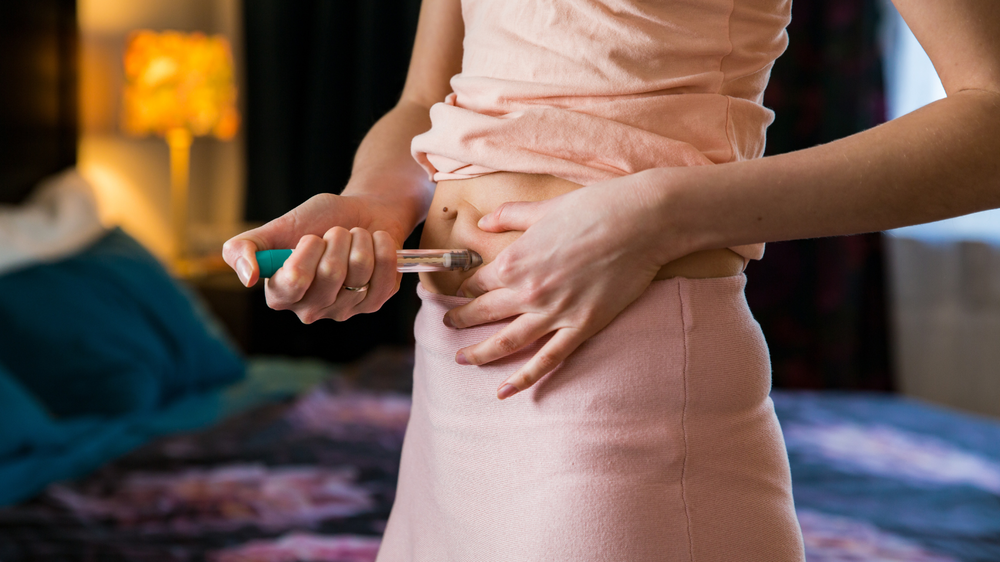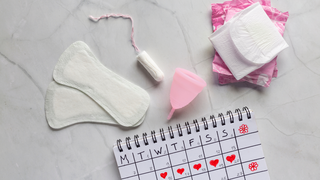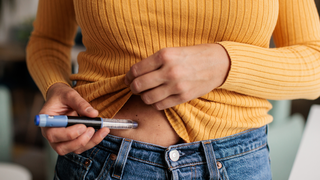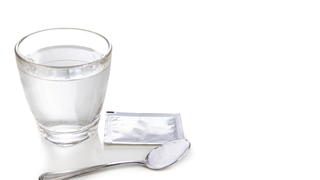In this article:
1. Understanding Home Insemination
Before beginning, it’s important to understand what home insemination means.- It involves inserting sperm into the reproductive tract using a sterile syringe or applicator, without sexual intercourse.
- The method is often used by same-sex partners, individuals using donor sperm, or couples facing mild fertility challenges.
- When done correctly, home insemination is a safe, simple, and effective process.
2. Prepare Before You Begin
Preparation is the foundation of a safe insemination process. Take your time with this stage.a. Medical Consultation
- Consult a qualified gynaecologist or fertility specialist before trying home insemination.
- They can check your reproductive health, make sure you have no health problems, and help you decide the best time in your cycle to try insemination.
- If you use donor sperm, make sure it has been tested for diseases and health problems.
b. Understanding Your Ovulation Cycle
Timing insemination correctly is key to increasing your chances of conception.- Check ovulation for 2–3 months. Use test kits or track body temperature and cervical mucus.
- The fertile window is usually five days before and one day after ovulation.
- Ovulation often happens on day 14 in a 28-day cycle. It can vary for different people.
c. Gather Supplies
A home insemination kit usually includes:- A sterile syringe or insemination applicator (without a needle)
- A sterile specimen container for sperm
- Gloves
- Antiseptic wipes
- A clean cloth or towel
3. Setting Up the Environment
Comfort and cleanliness are essential during insemination.- Select a quiet, private space where you can unwind and relax.
- Wash your hands thoroughly with soap and warm water.
- Clean all surfaces and lay down a clean towel or sheet.
- Ensure the room is well-lit and at a comfortable temperature.
4. Step-by-Step Insemination Process
Here’s how you can safely perform insemination at home:Step 1: Collect the Sperm Sample
- The sperm should be collected in a sterile container.
- If using fresh sperm, ensure the sample is at room temperature and used within 30–60 minutes of collection.
- Avoid using lubricants unless a doctor advises that they are safe. Most lubricants can harm sperm motility.
Step 2: Prepare the Syringe or Applicator
- Wash your hands and wear disposable gloves.
- Gently draw the sperm into the syringe or applicator.
- Remove any air bubbles in the syringe. Tap it lightly to remove them.
Step 3: Positioning for Insemination
- Lie down comfortably on your back, preferably with your hips slightly elevated by a pillow.
- This helps the sperm move towards the cervix.
Step 4: Insert the Syringe
- Gently insert the syringe tip into the vaginal canal. Aim it toward the cervix.
- Slowly push the plunger to release the sperm.
- Take your time—do not rush or apply force.
Step 5: Rest and Relax
- Remain lying down for at least 15–30 minutes after insemination.
- Relax, breathe deeply, and avoid sudden movements.
- Some people prefer to place a warm cloth on their lower abdomen for comfort, although this is optional.
5. Hygiene and Safety Precautions
Maintaining hygiene is essential for preventing infections and ensuring safety.- Always use sterile, single-use equipment.
- Avoid introducing any non-medical or unapproved substances into the vagina, as this could cause infections or irritation.
- Dispose of used equipment properly.
- Do not attempt insemination if there are any active infections, unusual discharge, or irritation.
- If you feel discomfort, bleeding, or pain during or after insemination, see a doctor right away.
6. Post-Insemination Care and Monitoring
After insemination, take care of your body and observe your cycle closely.- Avoid strenuous activity or heavy lifting for one to two days.
- Eat well. Focus on meals with fruits, vegetables, and whole grains.
- Stay hydrated and rest adequately.
- You may experience mild cramping or light spotting, which is a normal part of the process.
- Wait at least 14 days before taking a pregnancy test for accurate results.
7. Emotional and Mental Well-being
Trying to conceive can be hard emotionally. Managing stress and staying positive is as important as the physical steps.- Practice relaxation techniques like deep breathing or gentle yoga.
- Talk to supportive friends. Join online fertility support groups.
- Remember, everyone’s journey is unique. Do not compare or pressure yourself.
- Seek counselling or therapy if you feel overwhelmed.
Whether you’re pregnant, a new mom, or navigating postpartum, you don’t have to do it alone. Join our support group to connect, share, and support one another.
FAQs on A Complete and Safe Guide to Home Insemination: Everything You Need to Know
- Is home insemination legal in India?
Yes, home insemination using donor or partner sperm is legal in India, provided there is no commercial sale or unethical sourcing of sperm. Always ensure the sperm is tested and obtained through ethical means. - Can I perform home insemination at any time of my cycle?
No, insemination should be done during the fertile window—around the time of ovulation. This typically occurs mid-cycle, but the timing may vary from person to person. Tracking ovulation improves the chances of success. - Are there side effects of using a home insemination kit?
When used correctly and hygienically, side effects are rare. However, improper technique or unclean equipment may cause infections or irritation. Always use sterile tools and follow medical advice if any discomfort arises.









